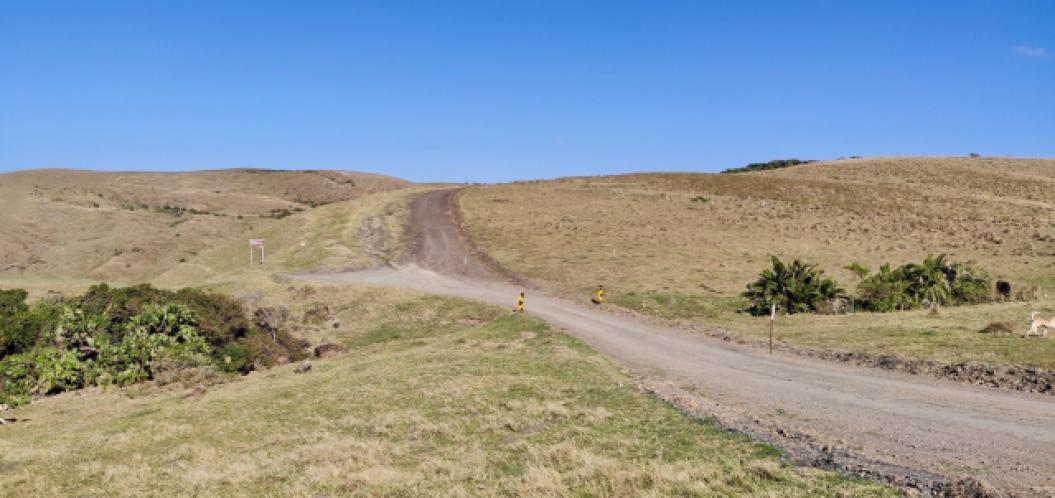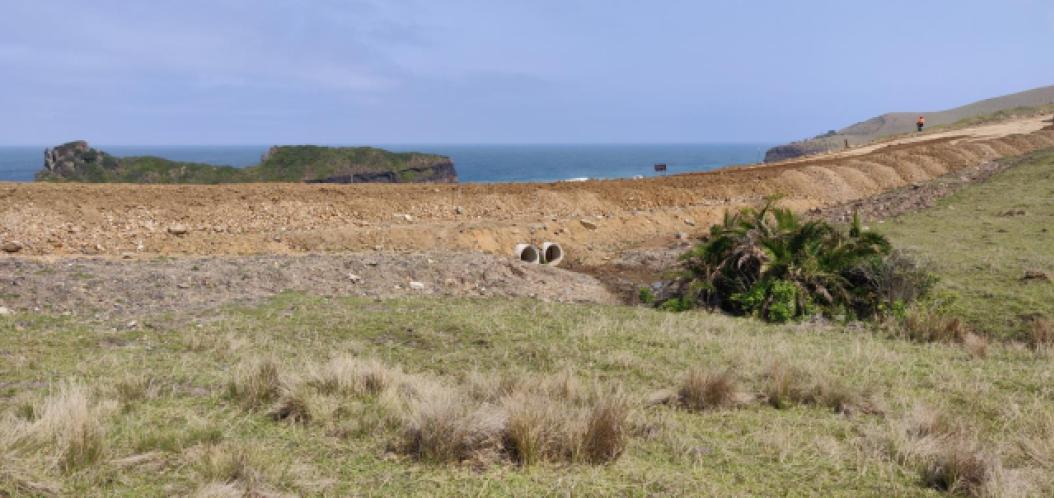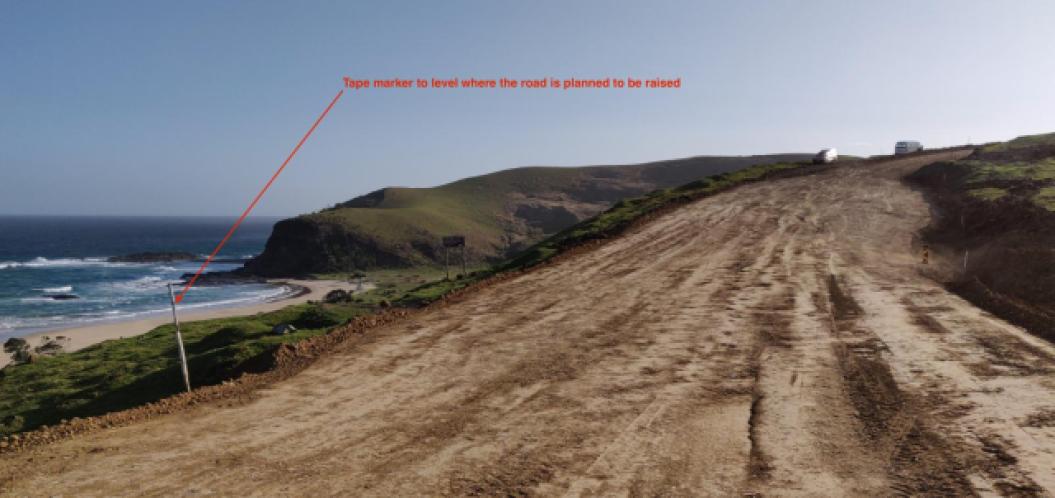The King Sabata Dalindyebo Local Municipality's Integrated Development Plan for 2017 - 2022 (KSD IDP) warns of the danger of uncontrolled developments. For example:
2.10.9.3 Heritage
The Hole in the Wall feature and Nelson Mandela Museum contributes to the heritage of the area. The Municipality also lies along the pristine wild coast.
Threats:
- The heritage sites are not clearly identified
- There is also no proper control
- Proclamation of the Hole in the Wall so that it can be graded as National heritage site has to be done
And the (final) roadworks Environmental Impact Report PDF (2010 EIR) quotes the National Heritage Resources Act (Act 25 of 1999) on page 98:
The Act defines a heritage resource as any place or object of cultural significance i.e. of aesthetic, architectural, historical, scientific, social, spiritual, linguistic or technological value or significance. This includes, but is not limited to, the following wide range of places and objects:
* landscapes and natural features;
* geological sites of scientific or cultural importance;







Comments
Add new comment